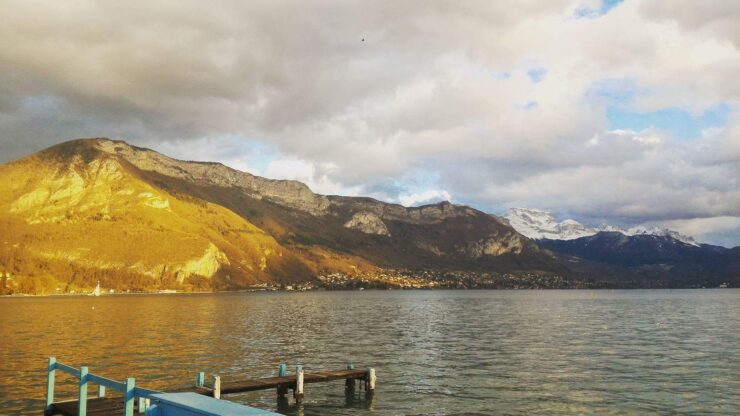Unravelling Saba’s complicated past, and unexpected present
Nestled in the leeward Caribbean islands, surrounded by gusting winds, strong, wind-driven currents and perilous cliffs is the small island of Saba. An island that more closely resembles the peak of a mountain than the standard Caribbean island, it is 13 square kilometers of the most difficult terrain ever settled in the world.
At its center is Mount Scenery, but don’t let the name fool you—it is actually a potentially active volcano. Due to the high winds in the area and the rather sudden slope of the volcano, the warm and humid ocean air is sent upward and quickly cools to become a cloud that rarely leaves the peak. This creates a “cloud rainforest” known as Elfin forest. Over time the currents have worn away the outer coastlines of the island, creating seemingly impossible cliffs.
In fact, Saba is so ridiculously extreme that even Christopher Columbus spotted the island in 1493, but didn’t dare try to land. This led me to develop a certain view of the people and culture of the area.
But before we go there, let’s talk about the history of that culture for a minute. Given its less than positive relationship with English and French rulers, Saba often received immigrants that were criminals in the eyes of the Crown.
But due to Saba being an extremely difficult place to anchor, this meant only skilled sailors could settle there, and what kind of skilled sailor would have reason to flee the wrath of the French and English Crown? That’s right, pirates. Freaking pirates. This lead to Saba becoming a straight up pirate island—wait, Mount Scenery is a volcano. PIRATE VOLCANO. I stand corrected.
Last year I was hired on as a dive instructor for a company that sailed the Caribbean and taught kids to dive along the way (If you’re thinking that sounds awesome, it’s because it most definitely was). The final stop in our journey was this fantastical place, but after reading up on Saban history and geography I found myself a tad bit worried about taking kids to a pirate volcano (ridiculous concern, I know).
We made the journey, and after spending a solid 40 minutes trying to correctly “park” our catamaran, we jumped in our dinghies and headed to shore. We were then taken into a small room to watch a documentary on the modern Saba.
As it turns out, the Saban culture is actually very ecocentric. It is home to one of the largest and longest-running coral reserves, and its cloud forest is also highly protected. Saba is famous for its amazing diving and extreme underwater terrain. Needless to say, there is more to Saba than what’s above the surface. It’s home to many different kinds of fish, including a wide variety of sharks, all of which are protected by the Saba Conservation Foundation.
As for the people, they were not exactly the pirates I was expecting. The island has a population of just under 2,000, and people come from all over the globe to live there. Saba is known as the “Unspoiled Queen” of the Caribbean because of its simple and laid back atmosphere.
In short, I incorrectly judged a nation based on its past (no matter how cool). In reality, Saba is a forward-thinking member of the Dutch Antilles, and is one of the best examples of ecotourism in the world. The people are warm and inviting, and the whole island carries a small town vibe that is unlike anything you will experience in the Caribbean.





